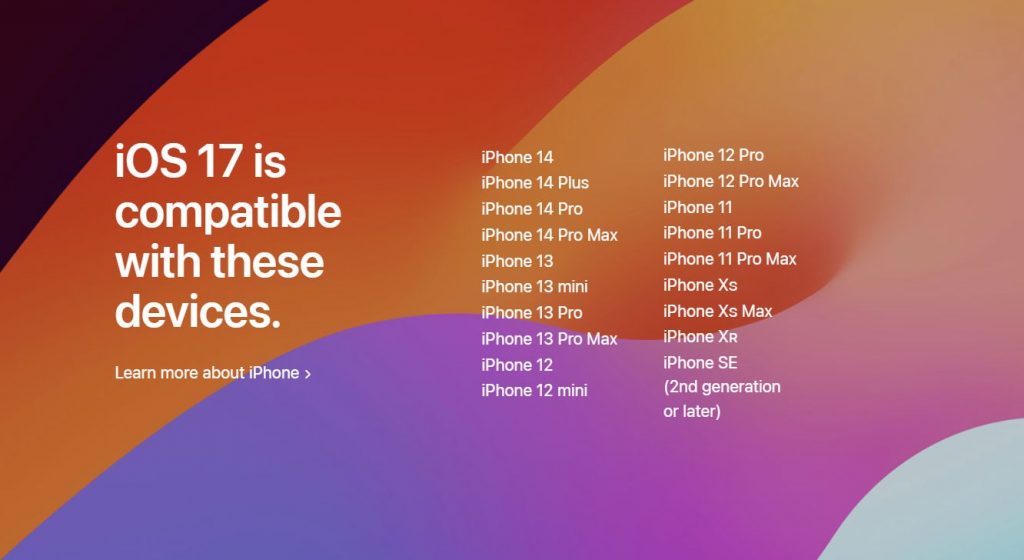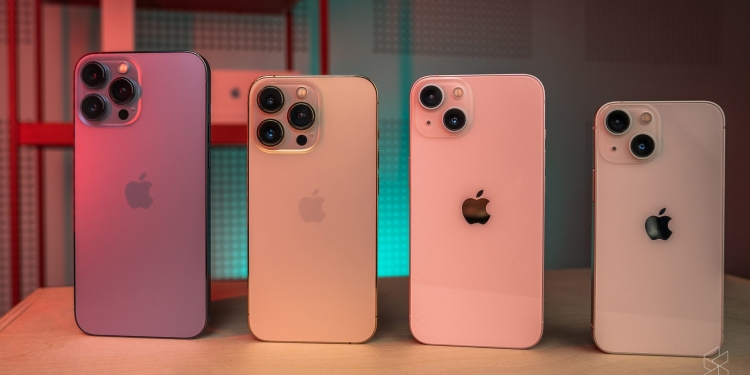Apple unveiled its new iOS 17 during WWDC23 and it is expected to roll out all existing iPhone owners later this year. The iPhone is well known for having one of the longest software support but with the new iOS version, some models are finally getting the axe.

According to Apple’s iOS 17 compatibility list, iOS 17 will be available for the iPhone XS, XR and iPhone SE 2nd generation, and above. This means the very first iPhone X along with the iPhone 8 and iPhone 8 Plus will not be supported. Launched in 2017, iPhone X, iPhone 8 and iPhone 8 Plus turn six years old this year and they run on the A11 Bionic chip. The iPhone X is also the first iPhone to ditch the iconic home button with Touch ID and it’s the first to debut Face ID.
The iPhone 6s and iPhone 7 series as well as the first gen iPhone SE were dropped from iOS 16.

To recap, iOS 17 brings a host of new personalisation features which include an improved AirDrop which lets you share contacts within close proximity via NameDrop and there’s a new Contact Poster which lets you customise how you want to appear when you’re calling another iPhone user.

Activating Siri by voice is now easier with just “Siri” instead of “Hey Siri”, and it also allows you to issue multiple commands without saying “Hey Siri” again. If you can’t answer the call, iOS 17 also introduces “Live Voicemail” which runs on your device. If you can’t answer a call, the caller can leave a voice message and it will be dictated in real-time on your screen.

Other neat upgrade is StandBy which essentially turns your iPhone into an always-on desk display similar to your Apple Watch while charging. When placed in landscape mode, you can use your iPhone to display the clock, widgets, calendar and more.
Developers can give iOS 17 Beta a try starting today, while the public Beta will be released in July. The final iOS 17 version will be released around the same time as iPhone 15 which is expected to be revealed around Q3 2023.








